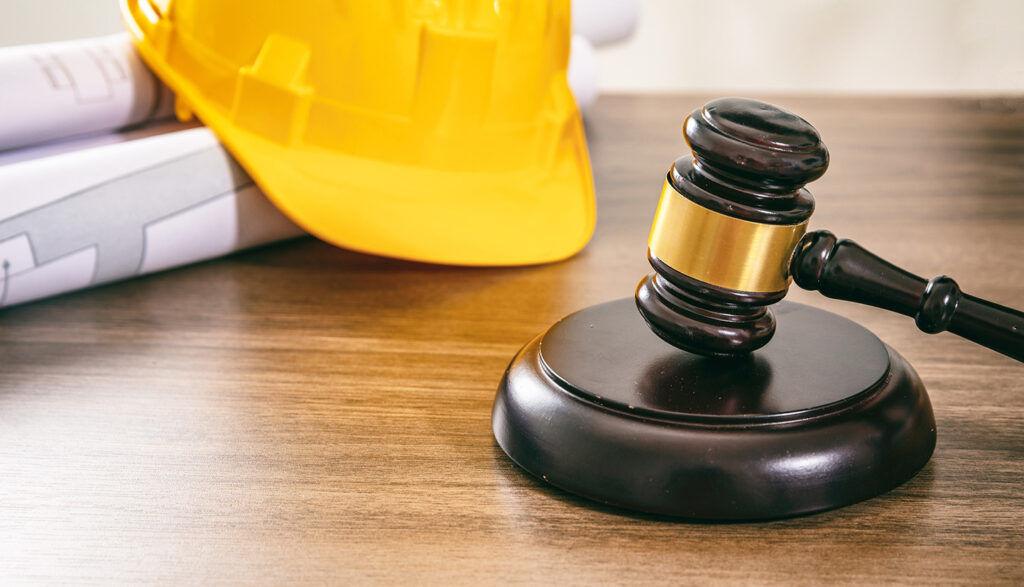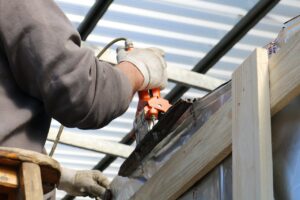When a violation of New York Labor Law by an employer results in an injury to an employee, the employer may be held absolutely liable for the damages caused. Absolute liability, also known as strict liability, means that the plaintiff does not have to prove negligence on the part of the defendant.
In the U.S., for example, awards may exceed losses suffered in “punitive” damages cases where the parties acted with malice, i.e., where the harm was intentional. That is, typically, in a personal injury or wrongful death case, the injured plaintiff has the burden of proving that the defendant owed a duty of care to the plaintiff, that the defendant breached that duty, and that the breach was the proximate cause of the plaintiff’s injuries.
But in an absolute liability case, it is only necessary to prove injury and causation; the plaintiff does not have to prove that the defendant breached a duty owed to him. This also means that the defendant cannot assert any defense that it acted in good faith or took reasonable steps to avoid the accident; the employer is strictly liable whether it acted with care or not.
However, there are several ways to prove a construction site accident case in New York, but, specifically, there is one category in which the defendant is required to prove that the defendants were liable under general common law negligence principles as codified in Article 200 of the New York Labor Law.
Principles of negligence
In this context, there are two distinct types of Labor Law 200 claims, with one type of claim relating to the condition of the premises itself, and the other relating to the equipment provided to perform the work. Very important distinction because the difference in the claimant’s burden of proof in relation to each type of claim varies quite a bit:
“The plain language of the statute indicates that there are two distinct strands or categories in the provision: one relates to the work premises and the requirement that they be maintained in a safe condition; the second relates to the performance of work and the requirement to use material and tools in a safe manner and to provide equipment and tools that are safe to use.
The latter category is the part of the common law duty to maintain a safe workplace that was expanded by statute to “include tools and appliances without which the workplace would be incomplete.” Hess v. Bernheimer & Schwartz Pilsener Brewing Co, 219 N.Y. 415, 418, 114 N.E. 808, 808 (1916).
So we have that, a claim arising under the provision is “equivalent to a common law negligence claim in a labor context, based on the fact that Labor Law section 200 is a codification of the common law duty imposed on an owner or general contractor to maintain a safe construction site. That is, a claimant seeking damages under Section 200 must meet common law negligence liability standards, a notable difference from Labor Law Sections 240 and 241, where absolute liability rests with the owner or general contractor.
Having said all this, the starting point for any analysis of Labor Law section 200 claims must therefore be to determine what caused the claimant’s injury: whether it was caused by a dangerous condition of the premises, or whether the claimant was injured because of the manner in which the work was being performed, or as a result of defective tools and equipment.
Sustainability for the construction industry
The current law of negligence defines that “negligence is the failure to exercise ordinary care. It is the failure to use the degree of care that a reasonably prudent person would have used in the same circumstances.”
How could this be sustainable for the construction industry? If we take into account that Section 200 of the Labor Law mandates a determination of the cause of the plaintiff’s injury, it means that the defendant has the ability to prove that the plaintiff may have had a share of liability based on the principle of negligence.
This opens a window where the defendant can prove that the plaintiff was responsible if that is the case, which could result in future plaintiffs thinking twice before pursuing such a claim. The reductions (of these types of claims) may not be significant, but it creates a space for things to be a little more balanced, thus giving a breather to the builders and therefore to the New York economy.





